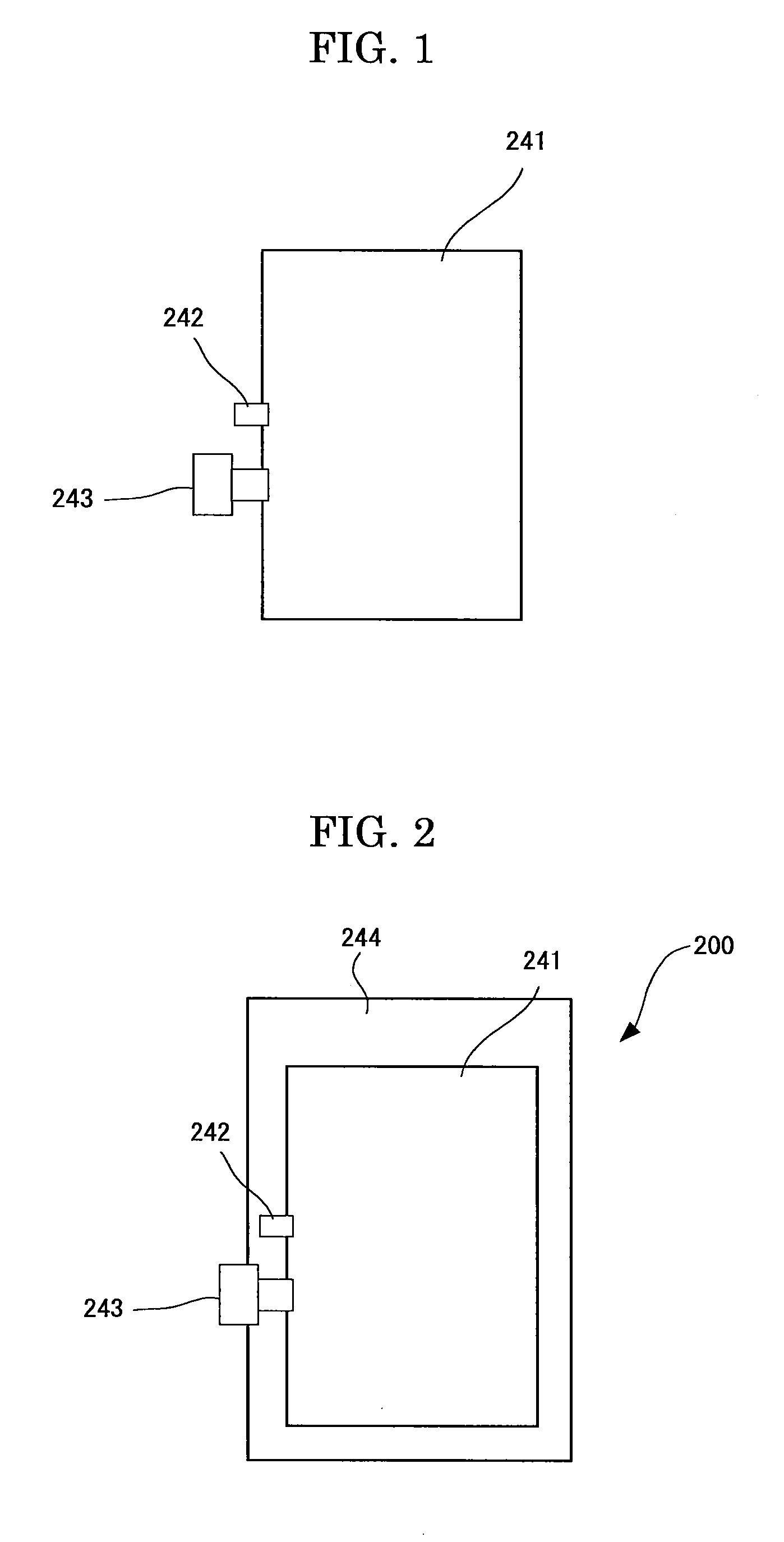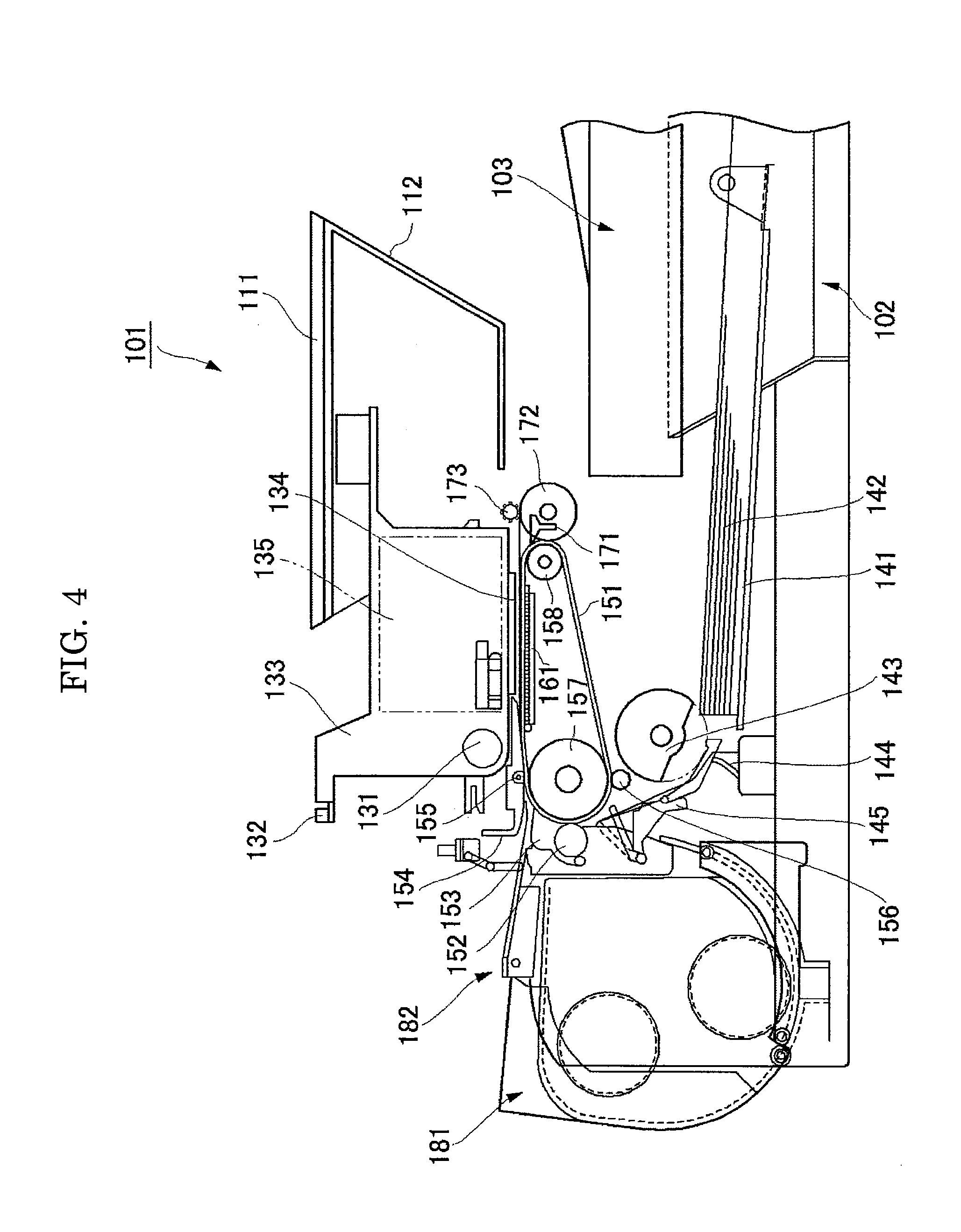Inkjet ink, and ink cartridge, inkjet recording method, inkjet recording apparatus and ink record using the same
a technology of inkjet recording and ink cartridge, which is applied in the direction of inks, special tyres, transportation and packaging, etc., can solve the problems of difficult to ensure discharge stability, low surface tension, and easy wetness of the nozzle plate, and achieve excellent discharge stability
- Summary
- Abstract
- Description
- Claims
- Application Information
AI Technical Summary
Benefits of technology
Problems solved by technology
Method used
Image
Examples
production example 1
—Production of Nozzle Plate 1—
[0259]A silicone resin, SR2411 (by Dow Corning Toray Co., Ltd.) was coated on a surface of an electroformed Ni nozzle by a dispenser to form a silicone layer. The silicone layer was formed in such a manner that firstly nozzle holes and the back surface of a nozzle plate were masked with a water soluble resin, and the mask was removed therefrom. This was left to stand for 2 days at room temperature so as to cure, thereby forming an ink repellent layer having a thickness of 1.2 μm. The obtained ink repellent layer had a surface roughness Ra of 0.18 μm and a critical surface tension of 21.6 mN / m.
[0260]The thickness of the ink repellent layer was measured using a spectrometric film thickness measurement system, LAMBDA-ACE VM-8000J (manufactured by DAINIPPON SCREEN MFG Co., Ltd.).
[0261]The surface roughness of the ink repellent layer was measured using a stylus profiler for surface roughness measurement, Dektak3-ST (by Veeco Instruments).
[0262]The critical s...
production example 2
—Production of Nozzle Plate 2—
[0263]An ink repellent layer having a thickness of 1.0 μm formed on a nozzle plate was produced in the same manner as in Production Example 1, except that the silicone resin, SR2411 (by Dow Corning Toray Co., Ltd.) in Production Example 1 was changed to a silicone resin, KBM7803 (Shin-Etsu Chemical Co., Ltd.). The ink repellent layer was measured in the same manner as in Production Example 1, and had a surface roughness Ra of 0.22 μm and a critical surface tension of 0.17 mN / m.
production example 3
—Production of Nozzle Plate 3—
[0264]On a polyimide film, Kapton (manufactured by DuPont Electronics, without addition of particles), an SiO2 film having a thickness of 10 Å (1 nm) was formed by sputtering, and then an ink repellent layer made of a mixture of a modified perfluoropolyoxethane OPTOOL DSX (manufactured by Daikin Industries, Ltd.) having a thickness of 30 Å (3 nm) was formed by vacuum evaporation. Next, a nozzle hole was formed by an excimer laser process from the ink repellent layer side, thereby producing a nozzle plate.
[0265]The thickness of the ink repellent layer was measured on an atomic force microscope, NaNO—I (manufactured by TOYO Corporation). The surface roughness Ra and critical surface tension of the ink repellent layer were respectively 0.01 μm and 11.8 mN / m by measuring in the same manner as in Production Example 1.
Comparative Production Example 1
—Production of Nozzle Plate 4—
[0266]A nozzle plate was produced in the same manner as in Production Example 1, ...
PUM
| Property | Measurement | Unit |
|---|---|---|
| surface tension | aaaaa | aaaaa |
| surface roughness Ra | aaaaa | aaaaa |
| critical surface tension | aaaaa | aaaaa |
Abstract
Description
Claims
Application Information
 Login to View More
Login to View More - R&D
- Intellectual Property
- Life Sciences
- Materials
- Tech Scout
- Unparalleled Data Quality
- Higher Quality Content
- 60% Fewer Hallucinations
Browse by: Latest US Patents, China's latest patents, Technical Efficacy Thesaurus, Application Domain, Technology Topic, Popular Technical Reports.
© 2025 PatSnap. All rights reserved.Legal|Privacy policy|Modern Slavery Act Transparency Statement|Sitemap|About US| Contact US: help@patsnap.com



